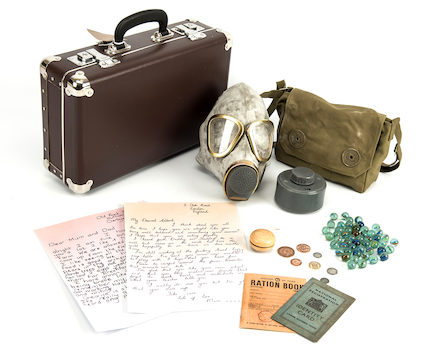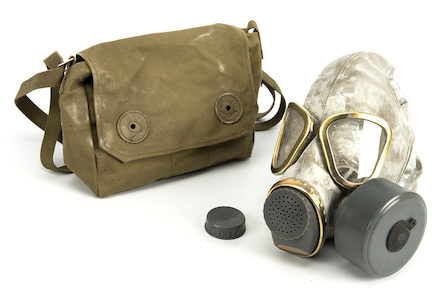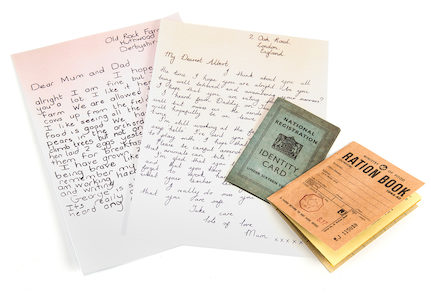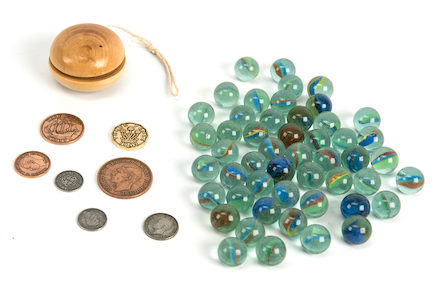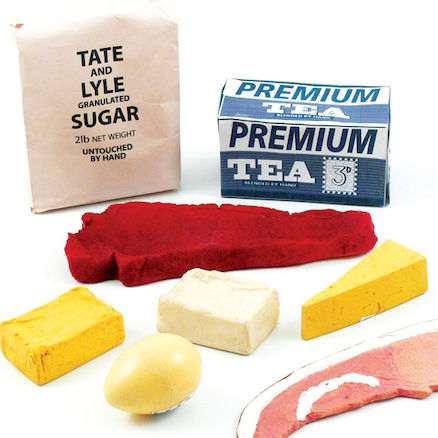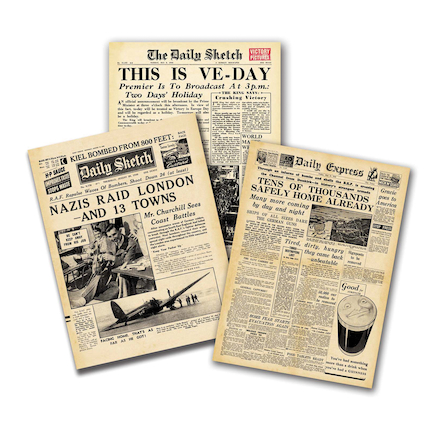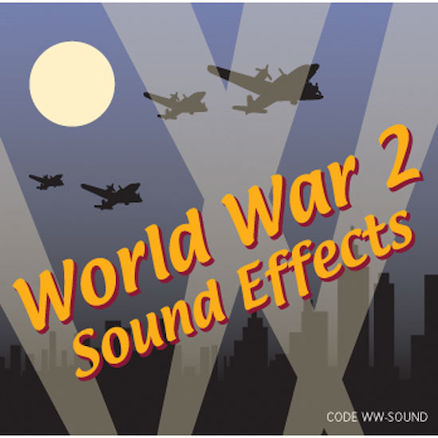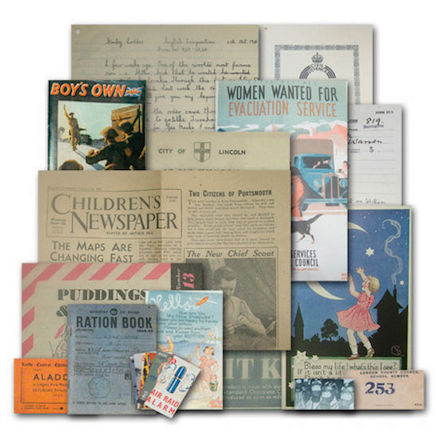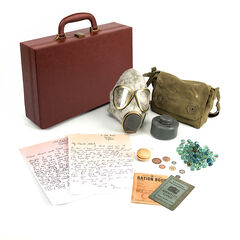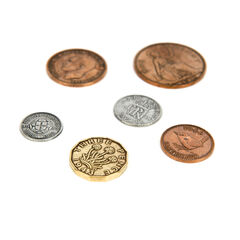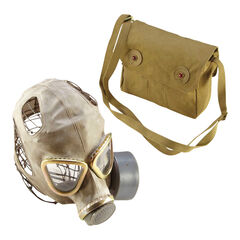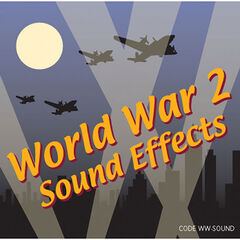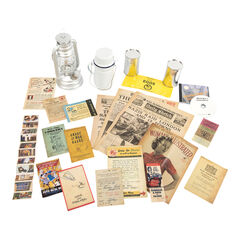World War 2 Evacuees
When World War Two broke out, many children were evacuated from larger cities and industrial areas to smaller towns and rural villages so they would be safe. In the first three days of official evacuation (beginning in 1939) almost 1.5 million people were evacuated. It was known as ‘Operation Pied Piper’. (Read the story of the Pied Piper of Hamelin to children so they may talk about and understand the reference.) Of this number, 800 000 were school-aged children, evacuated to areas where it was thought they would be safe. Children would assemble at their schools and travel together with their teachers. Often it was not possible to let all parents know in advance where their child was to be sent. There were so many children being transported at any one time.
There are so many brilliant books, resources and artefacts available for this topic and of course role-play and drama activities fit in very well. One resource well worth creating or buying is an Evacuee’s Suitcase. Each child was permitted to take one small suitcase with them when they were evacuated.
Excellent artefacts to include in your suitcase:
Replica gas mask and calico satchel – The British Government feared that some form of poisonous gas would be used during the war. To protect the population, they issued gas masks. People had to carry their gas mask everywhere and failure to do so was a punishable offence. By 1940, the government has issued 38 million gas masks.
Ration Book – During the Second World War, there were shortages of essential foodstuffs as supplies became fewer and were sometimes impossible to obtain. Towards the end of 1939 everyone was issued with a ration book filled with coupons for different items of food. Everyone was allowed a certain amount of food per week and the shopkeeper would remove the coupons in the ration book before issuing the goods. Clothing Ration Books were introduced later in the war. Consider which foods we have today that would have been unavailable during rationing and also how growing food was a good way to supplement people’s diets.
Identity card – Identity cards were issued to all civilians recorded on the national register from 1939 to 1952. They were carried in wallets and handbags at all times. Consider why these cards were used. Some people think they would still be a good idea today; what are the pros and cons?
Coins from the period – A collection of genuine British coins, used at the time of the war, is included in the suitcase. It is fascinating to compare money and the cost of common items. At this time, most children would have been given 1d (1 penny) as pocket money. A loaf of bread would cost approximately 3 and a half d and a Mars bar would cost 1d.
Letters – Two letters are included in the suitcase – not authentic but based on real scenarios – from parents to child and vice-versa. The farm mentioned was a real place. It would be interesting to explore your location and whether people were evacuated to or from the area you live.
Marbles and a yo-yo – Only small toys would fit in in the suitcase. As soon as the war started, even the most basic of raw materials were in great demand and under strict control by the government of the day. Very quickly toyshops ran out of stock; the metal, wood and paper once used to make toys was instead used for munitions, aircraft, ships and military vehicles. Children learned how to make interesting toys out of whatever materials they could find around the home. This would make an excellent homework challenge.
To be extra authentic, as well as the above items, you might also try to include a few items of realistic children’s clothing (woollen jumper, socks etc.) and a packed lunch. These would prompt lots of discussion about how things have changed in terms of what would and would not be available.
Ideas and comments from teachers about how they would use the Evacuation suitcase in their classrooms. Bringing WW2 and the Evacuees to life:
- Allow children to step back in time and consider what experiences their great grandparents would have gone through. Likewise they could have some current day value as schools welcome refugee pupils as well. To draw parallels with what happened in the last to what is happening now. (Simone Smith)
- I build an Anderson shelter in our classroom and like to have artefacts for the children to explore and research about. I use it to encourage the children’s writing with their imagination. It is also good for getting the children into discussion about what the different articles are for and who may have used them. It’s a topic we embrace in lots of different ways such as an evacuee day, or preparing food from that era. (Wendy Whitaker)
- I would show the children the suitcase but not its contents. Then I would ask them to plan what they would take and we would compare it to the actual contents to see how ideas about what is “essential” have changed. (Catherine Rachel)
- I would use it to aid my EAL children in understanding what I am teaching them by allowing them to explore the different items. I would use it with the rest of the class to look at how an evacuee would feel and what they would choose as more important to pack. It would truly help my children to step into the role of an evacuee enabling them to write home to their mother about being evacuated. (Sarah Resch)
- This is a great resource. I would use this in my reception year one class. Would be a great ‘hook’. Would be good to set up an air raid shelter and and to have an evacuee join our class for the day (using one of the older children acting). (Maria Raithby)
- We would use it as part of our role play immersive WW2 day, when we take the children back in time as though they are going to school to prepare to be evacuated. (Benjamin Sharp)
- Around the room activity. An item on each desk with fact files and stories. Students would walk around the tables answering questions and learning. This would really appeal to different types of learners & would be a fantastic interactive lesson! (Rebecca Susannah)
- I would use it as an exciting hook – who would this case belong to? How do you know? For introducing the contents to spark ideas for individual lessons e.g. putting a newspaper or ration book etc. in to discuss and introduce each lesson. Planning what they would want to take with them if they were evacuated – what would fit? What would be important to them to take? Writing prompts to describe an evacuation or air raid using the senses. Lots of opportunities for engaging children and showing, not telling! (Kirsty Louise Kennedy)
- This would be great for some role play activities, adding meaning to them and promoting great discussion about what it would have been like to be evacuated. (Fiona MacNab)
Shop our WW2 History resources here


